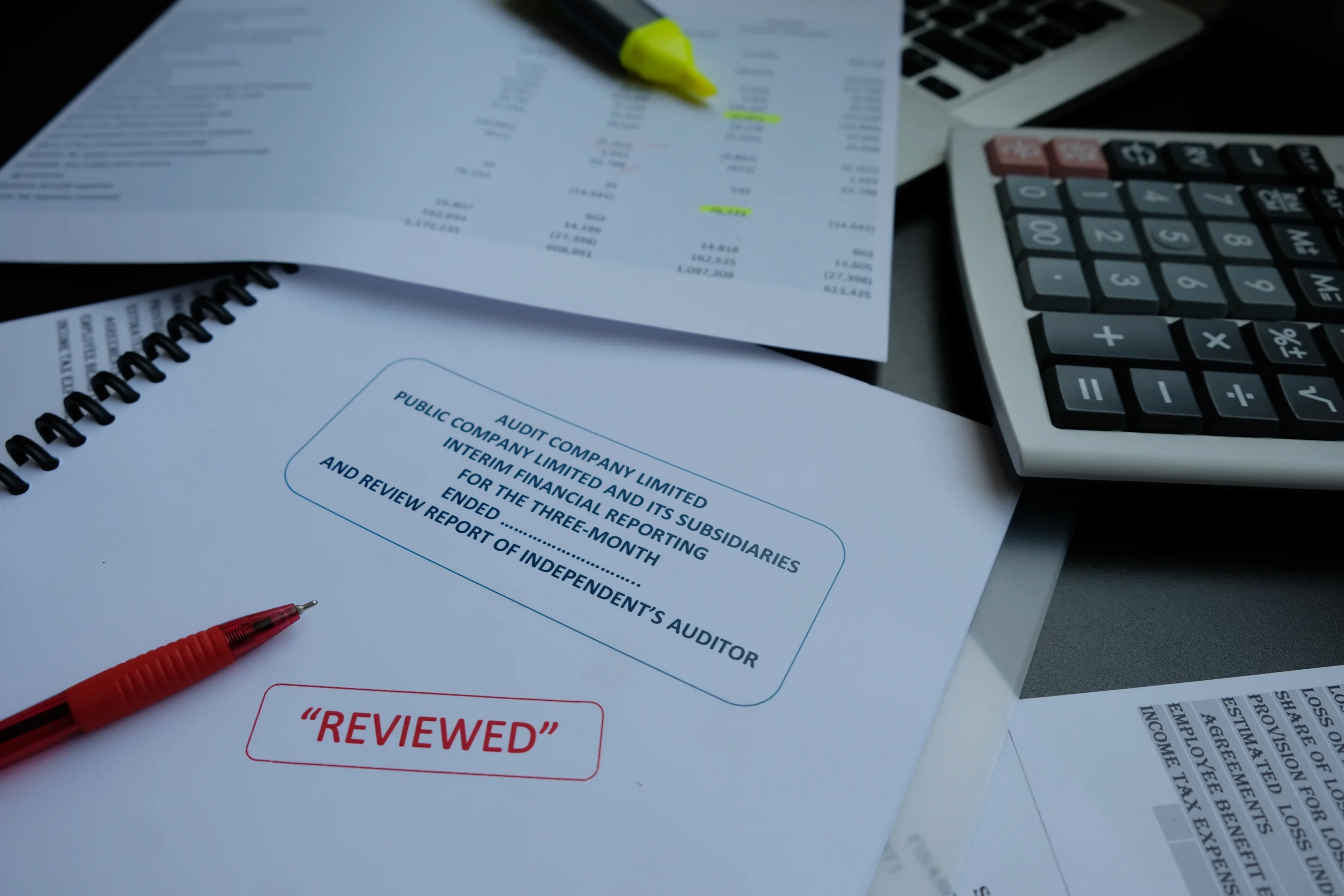Facing overwhelming debt due to job loss, unexpected expenses, or other life events? A hardship debt relief program can help you regain financial stability. In early 2025, U.S. household debt reached an all-time high, with credit card debt alone exceeding $1.21 trillion. As many struggle with payments, finding an effective loan hardship relief program is crucial..
Here’s a quick look at the current landscape for hardship relief in 2025:
- New hardship debt relief options that are available to people who fell victim to unemployment due to a job loss, medical emergency, or an act of nature.
- The lending institutions are even providing more personalized loan programs and hardship programs to prevent people from defaulting and foreclosing.
- The IRS hardship relief program remained a significant source of relief to taxpayers having difficulties remitting the advance back taxes, and the 2025 rules have been updated to reflect that.
- An increasing number of lenders have been offering temporary loan repairs, e.g., small repayments or an interest holiday.
- The changes to regulations regarding debt relief agreements in 2025 address transparency and consumer protection thereof.
A hardship debt relief program can help reduce the stress and explore more ways to compensate for the debt.
This guide will walk you through the different types of hardship debt relief programs, the eligibility requirements, and how to apply for one.
What Is a Hardship Debt Relief Program?
A hardship debt relief program is a plan from lenders to help people who can’t make payments for a while. It gives a temporary relief so you don’t get into more debt. If you have genuine problems in repaying the loan, lenders may help you find a way to manage your payments.
Hardship Debt Relief Program: Definition & Overview
A hardship debt relief program is a structured agreement in which a creditor modifies the terms of your debt to make repayment more manageable. These programs often offer temporary relief through various options, such as:
- Reduced monthly payments: Your lender might lower your monthly payment for a set period.
- Lower interest rates: A temporary reduction in your interest rate can make it easier to pay down your balance.
- Fee waivers: Your creditor may agree to waive late fees or other penalties.
- Payment deferrals: In some cases, you may be able to pause your payments for a few months.
These programs are typically offered for unsecured debts like credit cards and personal loans, as well as secured debts like mortgages. The goal is to provide you with the breathing room you need to stabilize your finances and avoid default.
Who Qualifies for a Loan Hardship Relief Program?
Eligibility for a loan hardship relief program varies depending on your lender and the specifics of your financial situation. While each creditor has unique criteria, most require clear evidence that you are facing genuine financial hardship.
Eligibility Criteria for Hardship Programs
To qualify for a loan hardship relief program, you will generally need to provide documentation that supports your claim of financial hardship. The common qualifying life events are:
- Job loss or a significant reduction in income.
- A critical disease or medical condition.
- Separation or divorce.
- Sudden significant expenses, like repairs to the house or the car.
- Natural disasters that have resulted in impacts on your property or capacity to operate.
The lenders will generally need papers to confirm your status, and this may be in the form of pay stubs, bank statements, medical bills or a written letter of hardship detailing your circumstances. Your account history with the lender will also be taken into account; having a good record of on-time payments before your hardship began can work in your favor.
Also Read: Understanding the IRS Hardship Relief Program
Types of Loan Hardship Relief Programs?
There are several types of loan hardship relief programs available, each designed to address different financial situations. Knowledge of the alternatives can enable you to make an informed decision about the option that will suit you.
Debt Settlement & Modification
- Debt Settlement:
- Negotiate to pay a lump sum less than what you owe.
- It can reduce your total debt.
- It may negatively impact your credit score.
- Often done through specialized tax relief companies.
- Loan Modification:
- Permanently changes loan terms to lower payments.
- May include lowering the interest rate, extending the repayment time, or reducing the principal.
- Forbearance:
- Temporarily pause payments for a set period.
- Interest usually continues to accrue during this time.
- Your loan balance may increase when payments resume.
- Payment Deferment:
- Also allows temporary pausing of payments.
- With some loans (like certain federal student loans), interest does not accrue during deferment.
- Often, a more favorable option than forbearance when available.
Government & IRS Hardship Support
Each program has its own rules, so you need to check if you qualify before applying for help.
- Federal Student Loan Help: The government can let you pause or lower payments if you can’t afford them because of money problems.
- IRS Tax Help: If you can’t pay your taxes, the IRS has special programs:
- Offer in Compromise (OIC): You settle your taxes for less than you owe.
- Currently Not Collectible (CNC): The IRS temporarily stops trying to collect taxes when you can’t pay.
- Each program has rules about who qualifies; they’re for people with real financial hardship
Latest Steps to Access a Hardship Debt Relief Program
If you’re ready to seek relief, here is a step-by-step guide on how to apply for a hardship debt relief program.
How to Apply for Hardship or Loan Relief
- Gather Your Documents: Before you speak to your lender, prepare all your documents that may be of financial importance. This will incorporate recent pay stubs, bank statements, and iron credits as well as any evidence of your distress, including the dismissal letters or medical invoices.
- Contact Your Lender: Call the customer service number of your loan company and tell them that you are faced with financial difficulty and that you would like to know their hardship programs.
- Submit a Formal Application: You need to submit a formal application and write a hardship letter explaining your case to your lender. It is better to say the truth and to be as detailed as possible.
- Negotiate the Terms: Once your application is reviewed, the lender may offer you one or more relief options. Don’t be afraid to negotiate for terms that work for your budget.
- Review the Agreement: Go over what an offer contains before you sign. You should be clear about the level of relief you can expect and what will occur when the relief period is over.
- Follow Up: After registering your request, stay in touch with your lender to track the application’s progress. Note down every communication you might have.
- Adhere to the New Terms: Once your request is approved, make sure you stick to the new payment schedule. This will help you complete the program and get back on solid financial ground.
Also Read: IRS Rules on Owner Financing: A Tax Guide 2025
Key Benefits of Hardship and Loan Relief Programs in 2025
Enrolling in a hardship debt relief program can offer both financial and emotional advantages during a difficult time.
Financial and Emotional Advantages
The benefits of a loan hardship relief program can be substantial:
- Reduced Monthly Payments: Lowering your monthly obligations can free up cash for essential expenses.
- Lower Interest Rates: A lower interest rate will save you money in the course of the loan and also clear your debt quicker.
- Avoidance of Default: Foreclosure, wage garnishment are some of the serious results of default, which you can avoid using a hardship program.
- Time to Recover: These programs give you the breathing room to focus on improving your financial situation without the stress of mounting debt.
Risks & Considerations
While hardship debt relief programs can be beneficial, there are also potential drawbacks to be aware of.
Credit Impact and Other Drawbacks
Before enrolling in a program, understand the potential risks:
- Credit Score Impact: While some programs won’t harm your credit, others, like debt settlement, can have a significant adverse effect. Lenders may also freeze or close your account during the program, which can lower your score.
- Fees and Scams: The IRS has offered an extension of filing dates in the affected regions, where the taxpayers have some extra time to work on them.
- Limited Eligibility: Not all debts qualify for hardship programs. Secured debts, like mortgages, may have stricter requirements than unsecured debts.
- Read the Fine Print: You should make sure that you go through every offer and read the terms of the agreement before signing.
Also Read: Can I Get a Mortgage Loan with Unfiled Taxes?
Latest IRS Hardship Initiatives & News in 2025
Staying informed about the latest updates in IRS hardship relief is crucial for making sound decisions. Significant updates have been made in 2025.
- The IRS is also making efforts to inform taxpayers who might be facing the threat of financial hardship about their relief opportunities.
- The Fresh Start program helps people pay less than they owe on their taxes if they can’t afford to pay in full.
- In the event of any natural disaster, the IRS provides citizens in the disaster regions with an extension to submit their tax returns. This implies that taxpayers are given some time to file their taxes to avoid last-minute hustles in a difficult period.
Conclusion
A hardship debt relief program can be an effective tool for navigating financial difficulties. By understanding your options and working with a professional, you can find a solution that helps you take control of your finances.
If you are struggling with debt, don’t wait to seek help. Taking action early can make a significant difference in your financial future.
Contact Hall’s IRS today to explore your options.
FAQ's
Generally, you will be required to submit documents that prove your income, expenses, and the type of hardship. This may entail pay stubs, bank statements, medical bills, or a letter written by a previous employer.
Under a formal program with your creditor, you should no longer receive collection calls on that debt. Nevertheless, it might not apply to other debts that you owe.
The duration of a loan hardship relief program varies. Other programs can take a year or more, depending on your circumstances and the lender; some programs are just a few months.
Yes, you may submit hardship program applications to several creditors simultaneously. Every lender will consider your request individually.
The fees to join most lenders’ hardship programs are nonexistent. But watch out when it comes to third-party debt relief agencies, which require high fees.








